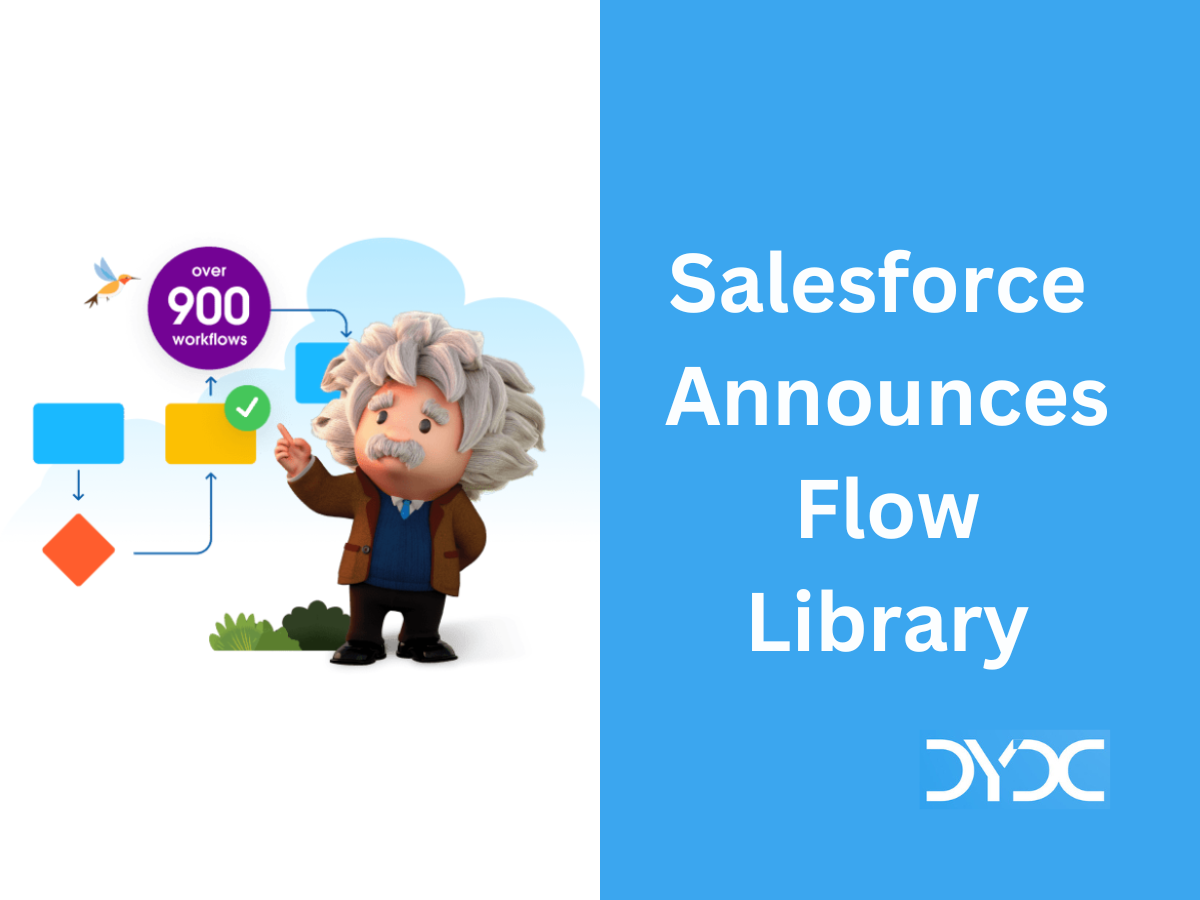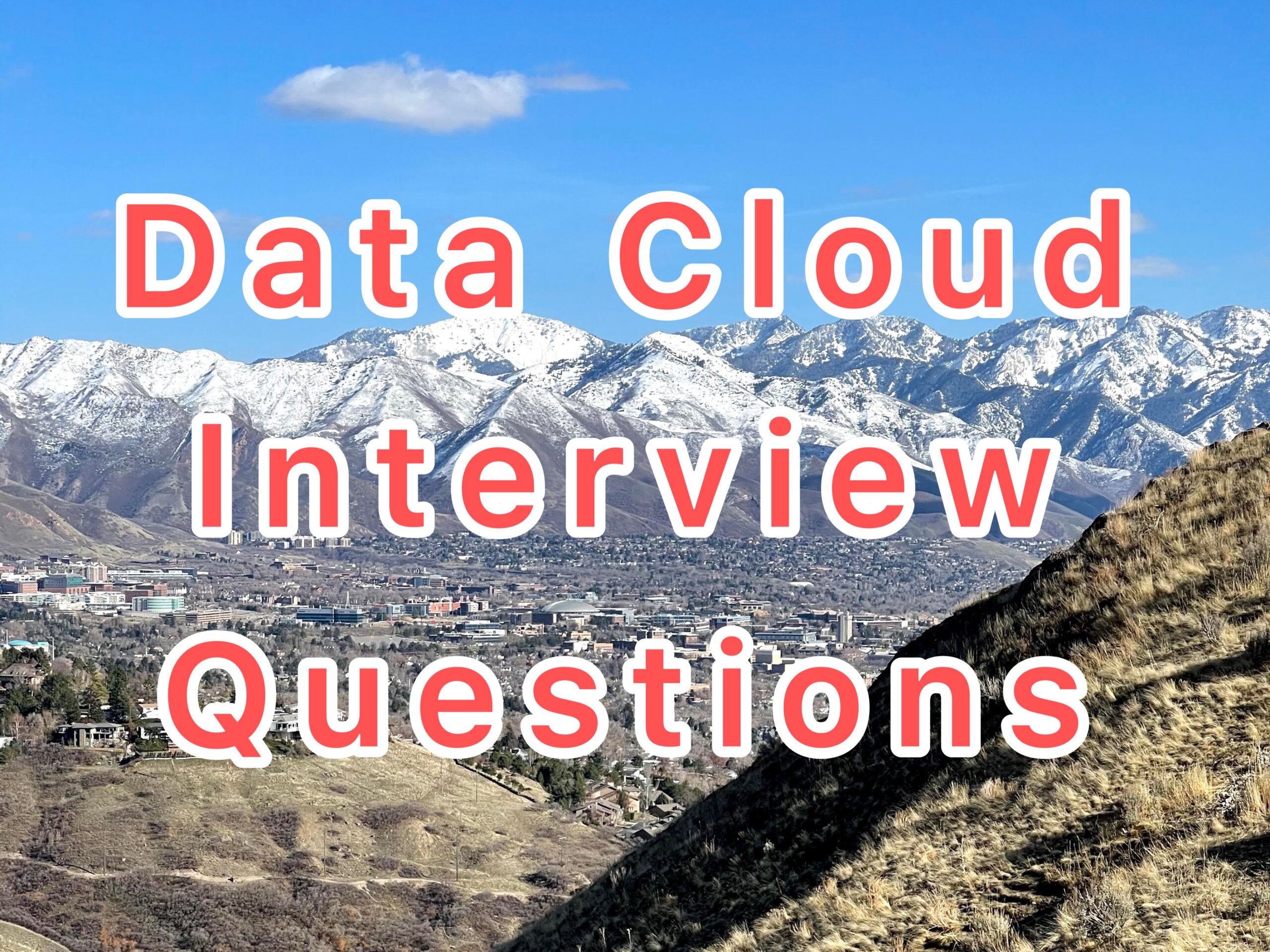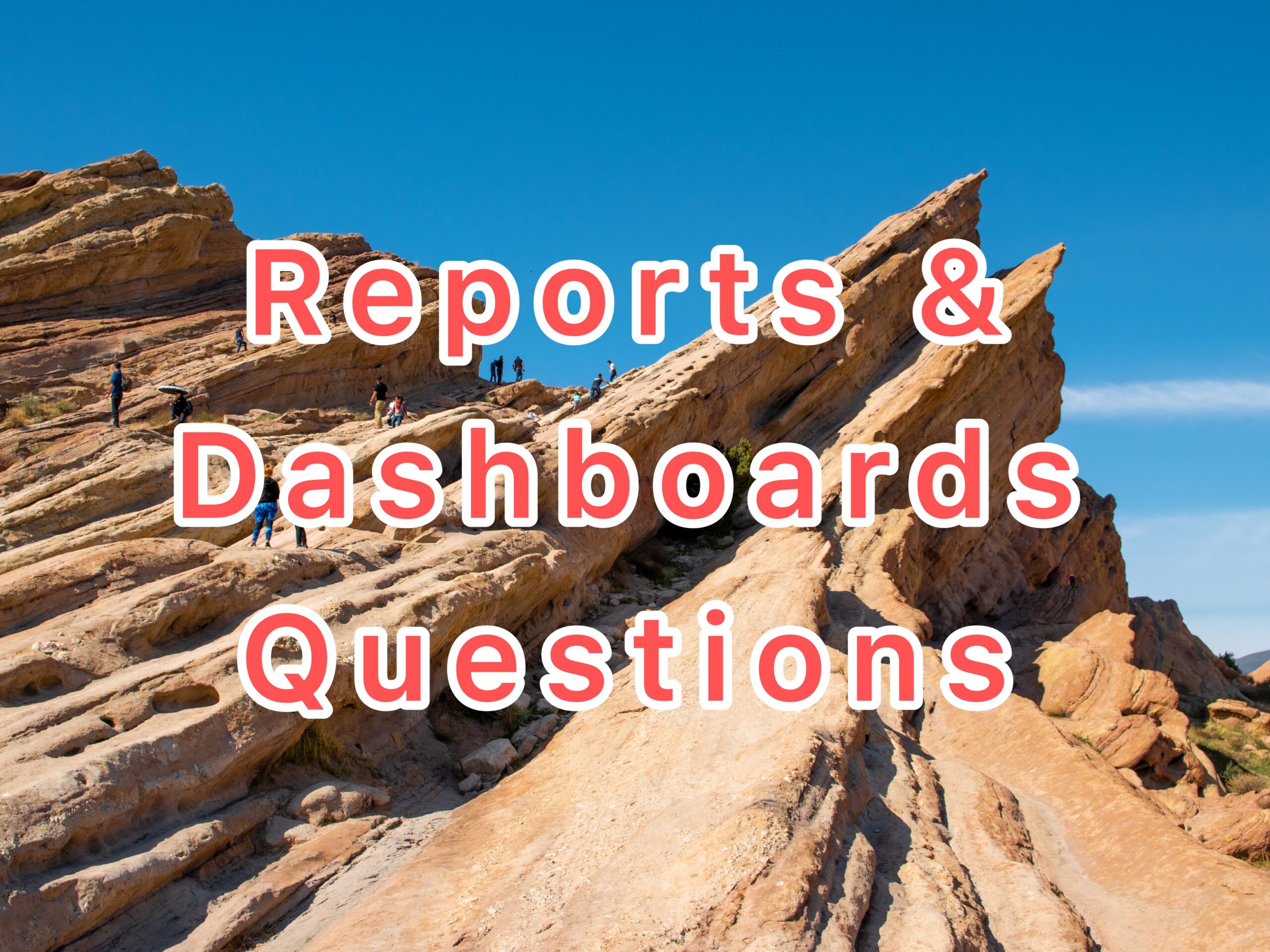Top Salesforce Flow Interview Questions and Answers for 2024.
Q1. What is Salesforce Flow?
Salesforce Flow is an automation tool to collect data and perform actions in your Salesforce org or an external system. You can create Flows using Flow Builder.
Q2. What are the different types of Salesforce Flows?
Salesforce provides three types of flows:
- Screen Flows – guide users through a business process, capture users input
- Autolaunched Flows – do not have any trigger and they run in the background.
- Autolaunched Flow (No Trigger) – launches when invoked by Apex, processes, REST API and more
- Triggered Flows – autolaunched by a trigger you specify and they run in the background
- Record-Triggered Flow – launches when a record is created, updated or deleted
- Schedule-Triggered Flow – launches at a specified time and frequency for each record in a batch
- Platform Event-Triggered Flow – launches when a platform message is received

Q3. What is Flow Builder?
Flow builder is the declarative user interface used to build flows. Flow builder interface consists of four parts:
- Toolbox – contains the elements and resources you use to build your flow.
- Canvas – the working area, where you build a flow by adding elements.
- Layout Selection Picklist – select flow layout (Freeform or Auto-layout)
- Button Bar – buttons such as Save, Active Flow

Q4. List the Flow Types supported in Flow Builder.
Flow Builder supports below flow types:
- Screen Flow
- Autolaunched Flow with No Flow Trigger
- Autolaunched Flow with a Schedule Trigger
- Autolaunched Flow with a Record Trigger
- User Provisioning Flow
- Field Service Mobile Flow
- Field Service Embedded Flow
- Contact Request Flow
- Checkout Flow
- Orchestrator (Beta)
Q5. List various Flow Distribution Methods.
Flows can be distributed (made available to users) via:
- Flow actions
- Lightning pages
- Experience Builder pages
- Custom Aura components
- Custom Lightning web components
- Custom buttons or custom links
- Flow Orchestrator (Beta)
- Web tabs
- Direct flow URLs
- Visualforce pages
- Lightning Out
- Embedded Service deployments
Q6. What are Flow Resources?
Flow Resources represent values that you can reference throughout the flow. Some resources, such as global constants and global variables, are provided by the system. Other resources are created when you add an element to a flow. Some of the Flow Resources are listed in the table below.
| Resource | Description |
|---|---|
| Actions | Output values that are stored automatically from Action elements. |
| Choice | Create a choice option to use in a screen component, such as a Radio Buttons or Multi-Select Picklist component. |
| Constant | Store a fixed value that you can use throughout a flow. |
| Decision Outcome | When you add a Decision element to a flow, its outcomes are available as Boolean resources. |
| Formula | Calculate a value when the formula is used in the flow. |
| Global Constant | Fixed, system-provided values, such as EmptyString, True, and False. |
| Global Variable | System-provided variables that reference information about the Salesforce org or running user, such as the user’s ID or the API session ID. |
| Pause Configuration | When you add a Pause element to a flow, its configurations are available as Boolean resources. |
| Picklist Choice Set | Generate a set of choices by using the values of a picklist or multi-select picklist field. |
| Picklist Values | System-provided values for picklist fields in record variables and record collection variables. |
| Record Choice Set | Generate a set of choices by using a filtered list of records. |
| Screen Component | Any screen component that you add to a flow is available as a resource. |
| Stage | Represent the user’s progress throughout the flow. |
| Text Template | Store text that can be changed and used throughout the flow. |
| Variable | Store a value that can be changed throughout the flow. |
Q7. What are the key Building Blocks of Flows?
Key Building Blocks of Flows are:
- Elements – represents an action that the flow can execute. Examples: display information or collect data from flow users, executing.
- Connectors – defines an available path that the flow can take at run time.
- Resources – represents a value that you can reference throughout the flow.

Q8. Explain Running User Context of a Flow.
Flows run in user context or system context. For a flow running in user context, the running user’s profile and permission sets determine the object permissions and field-level access of the flow. A flow that runs in system context has permission to access and modify all data.
Q9. What is a Flow Interview?
A Flow Interview is a running instance of a flow. When you run a flow interview, whether through a link, button, or tab, you’re running a single instance of a flow.
- Pause a Flow Interview – If your administrator has configured a given flow to do so, you can pause its interviews
- Resume a Flow Interview – If you paused a flow interview, resume it after you have all the necessary information
- Delete a Flow Interview – If you paused a flow interview and don’t plan to resume it, delete it. By removing unnecessary interviews, you make sure that your pending list includes only interviews that you still plan to act on
Q10. Explain Transaction with respect to Flows.
A transaction represents a set of operations that are executed as a single unit. Each flow interview runs in the context of a transaction. For example, creating an Account and a Contact. If one interview in a transaction fails, all the interviews and updates in the transaction are rolled back.
Because multiple Salesforce organizations share the same resources, to prevent one organization from depleting all the resources Salesforce enforces governor limits per transaction.

















